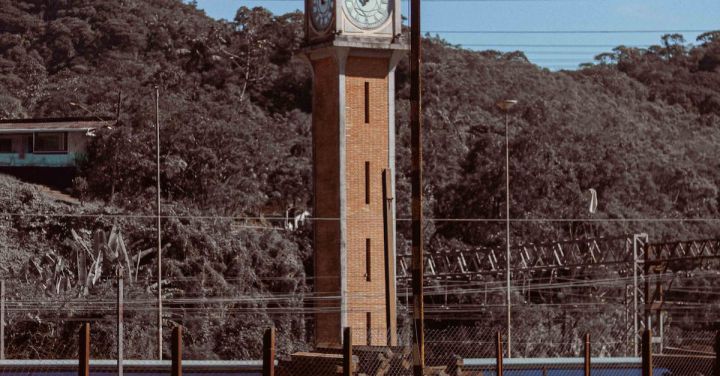The First World War was a conflict that saw the use of new technologies and strategies on a massive scale. One of the key innovations of this war was the use of railways for military purposes. Trains played a crucial role in the transportation of troops, supplies, and weapons to the front lines. They were also used to evacuate wounded soldiers and transport prisoners of war. The railways became the lifeline of the war effort, enabling large-scale movements of troops and materials across vast distances.
The railways were essential for the mobilization of troops at the beginning of the war. They allowed for the rapid movement of soldiers from their training camps to the front lines. Trains carried thousands of men, along with their equipment and supplies, to the areas where they were needed most. This enabled the quick deployment of troops and facilitated the expansion of the war effort.
Railways also played a crucial role in supplying the troops on the front lines. Trains transported food, ammunition, and medical supplies to the soldiers, ensuring that they had the necessary resources to continue fighting. These supply trains were often targeted by enemy forces, leading to frequent attacks and disruptions. However, the railways proved to be highly resilient and were able to recover quickly from these setbacks.
In addition to transporting troops and supplies, trains were also used for the evacuation of wounded soldiers. Specialized medical trains were equipped with facilities to treat and transport injured personnel. These trains traveled along dedicated lines, picking up wounded soldiers from the front lines and taking them to hospitals further away from the fighting. The use of trains for medical evacuation significantly improved the chances of survival for many soldiers.
The railways also played a role in the transportation of prisoners of war. Trains were used to transport captured enemy soldiers to prisoner of war camps located in different parts of the country. These trains were heavily guarded to prevent escape attempts, and the prisoners were often transported in cramped and uncomfortable conditions. The use of trains for this purpose enabled the efficient movement of large numbers of prisoners, reducing the strain on other transportation methods.
The use of railways in World War I brought about significant changes in the way wars were fought. They enabled the quick mobilization of troops, the efficient supply of resources, and the rapid evacuation of wounded soldiers. The railways also played a role in the movement of prisoners of war. Without the use of trains, the war effort would have been significantly hampered.
However, the use of trains in the war was not without its challenges. The railways were frequently targeted by enemy forces, leading to disruptions in the supply chain. Attacks on supply trains were common, and the destruction of railway infrastructure often caused significant delays in the movement of troops and supplies. Despite these challenges, the railways proved to be a crucial asset in the war effort.
In conclusion, the use of railways in World War I revolutionized the way wars were fought. Trains played a vital role in the mobilization of troops, the supply of resources, and the evacuation of wounded soldiers. They also facilitated the transportation of prisoners of war. The railways became the lifeline of the war effort, enabling the efficient movement of troops and materials across vast distances. Despite the challenges they faced, the railways proved to be a crucial factor in the outcome of the war.
